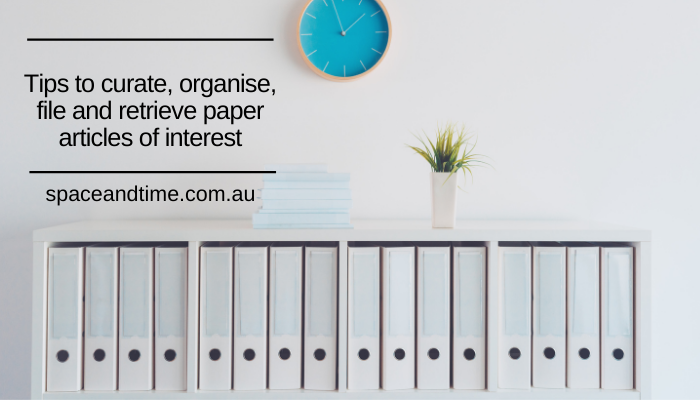
Many of my clients have varied interests and they love to collect paper articles from magazines and newspapers and they pick up all sorts of related postcards or freebies whilst they are out and about. They find that piles of paper mount up quickly, and before they know it they are overwhelmed by an activity that is suppose to be an enjoyable hobby.
This blog will walk through the 6 steps of the Space and Time Organising SYSTEM to share tips on how to select, file, curate, organise and retrieve paper articles of interest.
The 1st Step in the SYSTEM is stuff
The first step of the Space and Time Organising SYSTEM looks at where is all the stuff coming from and how to stop it from coming in the front door in the first place.
A few questions:
- What is the purpose of collecting the articles? Fun, a hobby, research? Keep this in mind when collecting.
- Do you need to pursue every topic of interest to you? Can you choose 1 or 2 to focus on more deeply?
- A crude but apt quote from Harry Crews “The good sh!t sticks” – Read more here.
- As Harry suggests in the above point trust yourself and know that if you need the information in the future you will be able to retrieve it from the deep recesses of you mind (or Google) if required. Perhaps you don’t need to set up your own encyclopedia after all?
- Be aware of what you pick up and bring into the home. If you don’t bring it in the front door in the first place it’s much easier to organise.

The 2nd Step in the SYSTEM is you
- Be realistic about what you can actually focus your time on
- Don’t spread yourself too thin across too many topics. Opt instead to delve into a few topics more deeply at the one time
- Schedule time to explore some topics this month and other topics next month.
The 3rd Step in the SYSTEM is sort
Set up categories to sort new articles coming in. Create categories to give order to the articles instead of one unmanageable pile.
For example, try these categories for gardening:
- Fruits, Vegetables & Herbs
- Organic Gardening
- Composting, recycling yard waste, and using natural fertilizers and pesticides.
If the categories are expansive, you may want to set up sub categories. Here’s some sub categories for Organic Gardening:
- Composting
- Fertilizing the Garden
- Manure as Fertilizer
- Natural Products for Insect Pest Management
- Organic Gardening
- Organic Vegetable Gardening in your specific geographical area
Sort the backlog into these categories. Use a timer to do short sessions 10, 20 or 30 minutes and have a break before continuing.
The 4th Step in the SYSTEM is Things you no longer need (decluttering)
Once you have the articles sorted into categories ask yourself these questions to let some go:
- Are there one or two categories you can let go?
- Are there articles within a category that you can let go of – out of date information, or is the same information repeated in a number of articles?
- Is the category still of interest to you NOW or was it something you studied in the past? Can you close the chapter to allow a new chapter on a topic more relevant to your current life. A teacher client of mine collected a number of newspaper articles about potatoes as the family of one of her students were potato farmers. She decided that this was an interest to her many years ago, but not so much anymore. She let go of all the articles in this category.
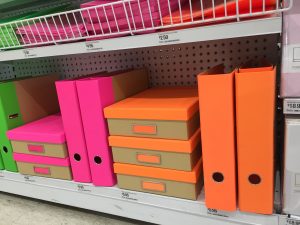
The 5th Step in the SYSTEM is Easy Storage
This step is all about creating an easy process. It should be easy to add articles to your filing system and it should be easy to retrieve them. Make it as simple as possible, in an easy to reach place. If the system is cumbersome or complicated you will be less likely to use it.
Look for the best retrieval system for you.
Easy storage for paper articles:
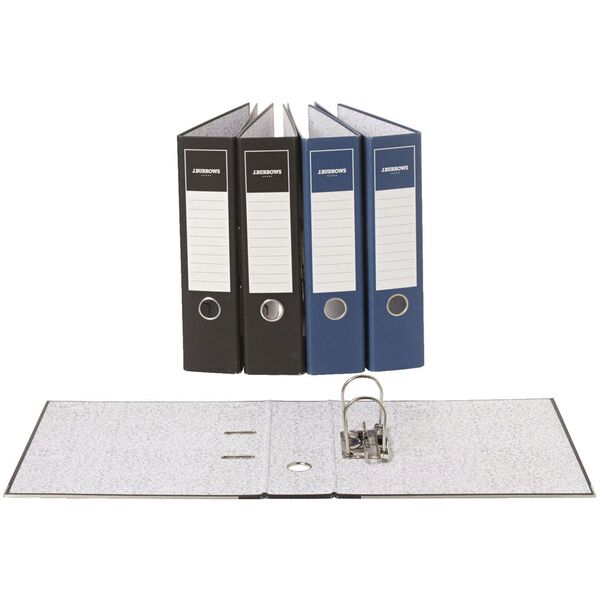
Lever Arch Folder – lots of room for hole punched articles, can be stored on a shelf upright
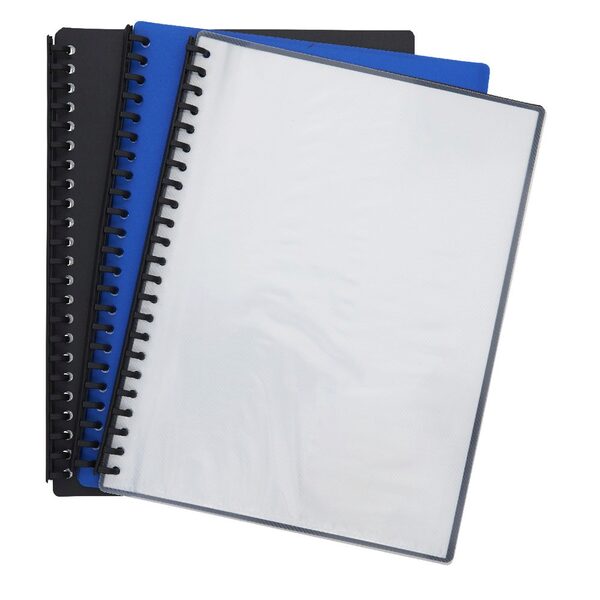
Display folder – easy to add, browse and retrieve articles in plastic pockets
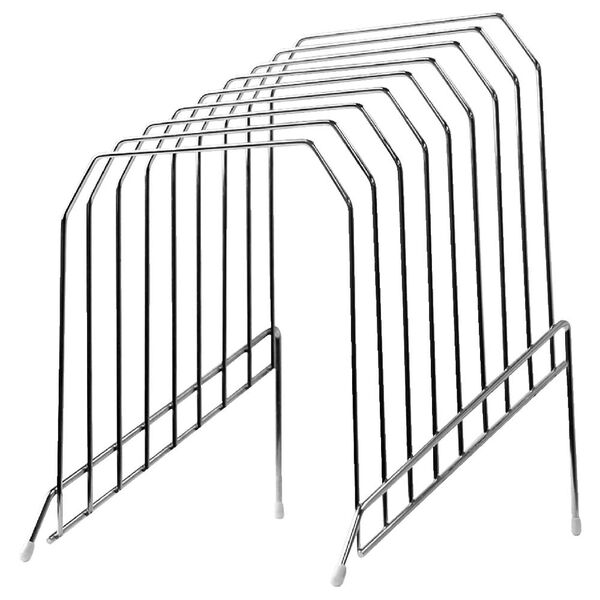
Vertical wire document organiser – file articles by category in manila folders on your desk for easy access
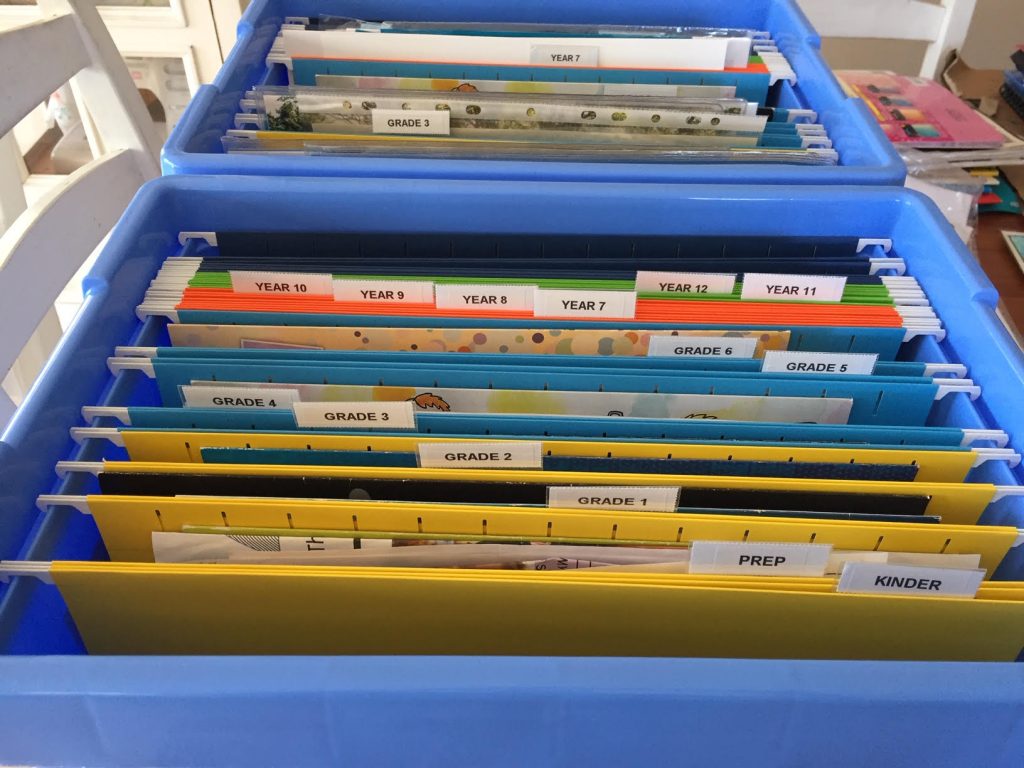
File box – drop manila folders, sorted by category in similar way to a filing cabinet, but smaller quantity.
The 6th (and final) Step is Maintenance
To keep your files manageable create some rules to maintain the new system
- Add articles to your chosen filing system as you find them rather than allowing them to mount up into an overwhelming pile
- Stick to your main topics and categories and do not add more
- Read through magazines regularly
- Make a time each day to read and sort through and let go of articles.
Additional tips for storing articles:
Keep an index at the start of the filing system to log where you filed items as some articles could be filed under a number of categories.
A few of my clients store their stuff digitally on Google Drive, Notes, Evernote and One Note, but that is a topic for another day.
What’s next?
Try the above tips to choose your categories of interest and reduce the amount of paperwork coming in the front door in the first place. Sort articles into categories and set up an easy system to regularly upkeep. These tips help you to curate, organise, file and retrieve paper articles of interest.
You may also like to read:
What paperwork do you need to keep at home?
5 filing systems to take control of your paperwork
Take control of your paperwork
10 benefits of having less stuff
Need help?
Call me crazy, but I love to work with my clients to sort out their paperwork. Give me a call to discuss your challenges or check out my services here.
Who is Julie Cliff, Professional Organiser?
Space and Time is a Melbourne based business helping working Mums create an ecosystem at home that supports the family. Space and time clients find that organising coaching helps them get everything done, and give them more time for spontaneity, enjoyment and relaxation.